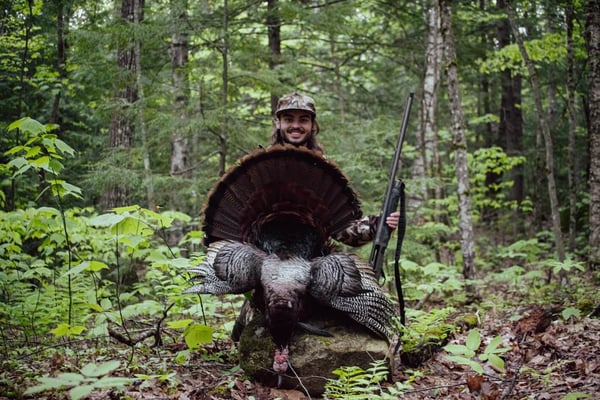- Savage Blog
- The Essential Guide for Whitetail Hunting Gear
The Essential Guide for Whitetail Hunting Gear
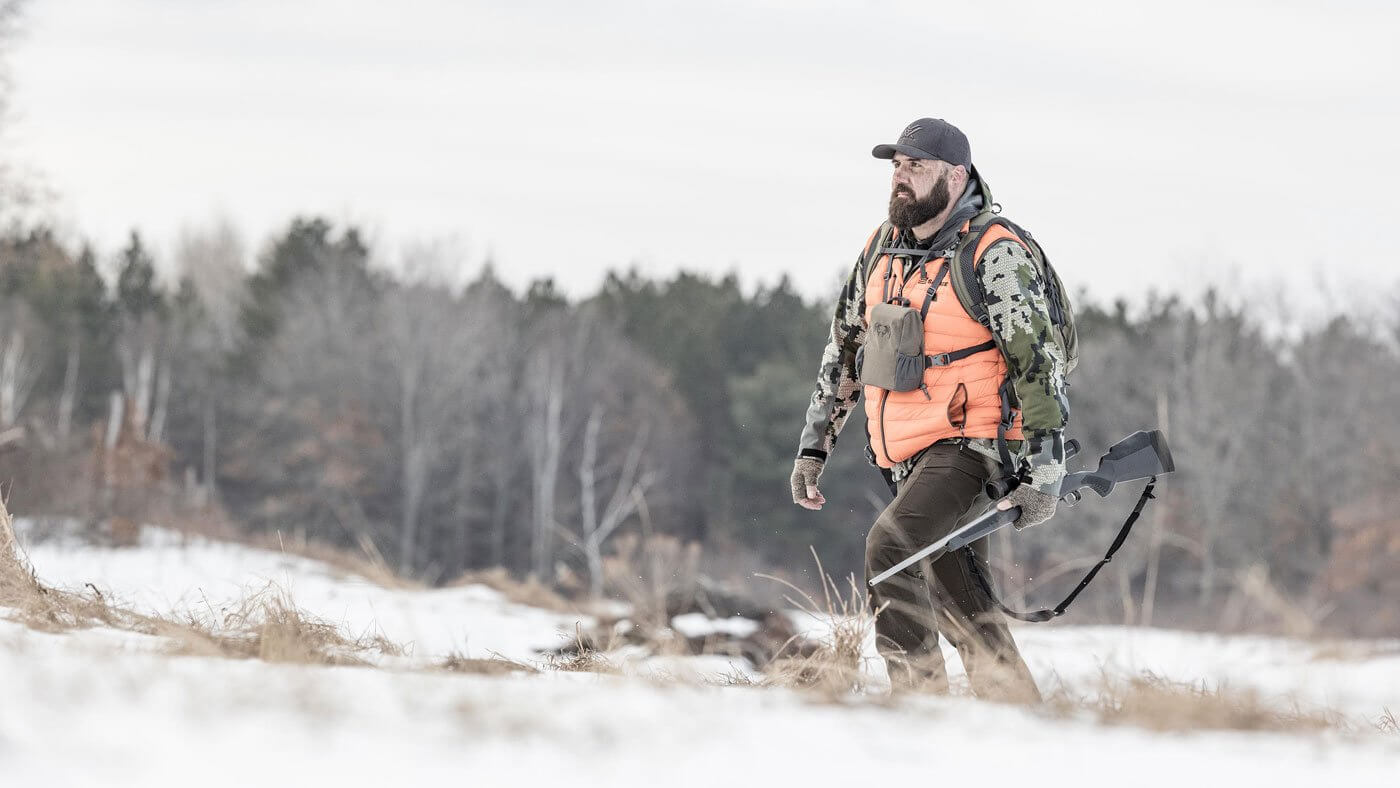
Wes Forbes is a recent Wildlife Management graduate from West Virginia University. Wes has spent his life hunting whitetail deer in the mountains of West Virginia, and in this blog, he breaks down his essential list of whitetail hunting gear that you need for your next hunt.
A whitetail hunt can happen in many ways. Maybe you’re chasing a familiar buck just over the ridge behind your house, or maybe you’ve spent years planning a dream hunt in Kansas. No matter the location, the gear you bring with you can swing the odds in your favor.
Other than your Savage rifle there are some things every whitetail hunter should have within reach. Good gear doesn’t guarantee success, but bad gear can absolutely ruin a hunt. I’ve learned this lesson more than once, and it’s why I’ve become so deliberate about what I bring into the woods. In this article, I’ll share the essentials that live in my kit and how each one has made a difference for me in the deer woods.
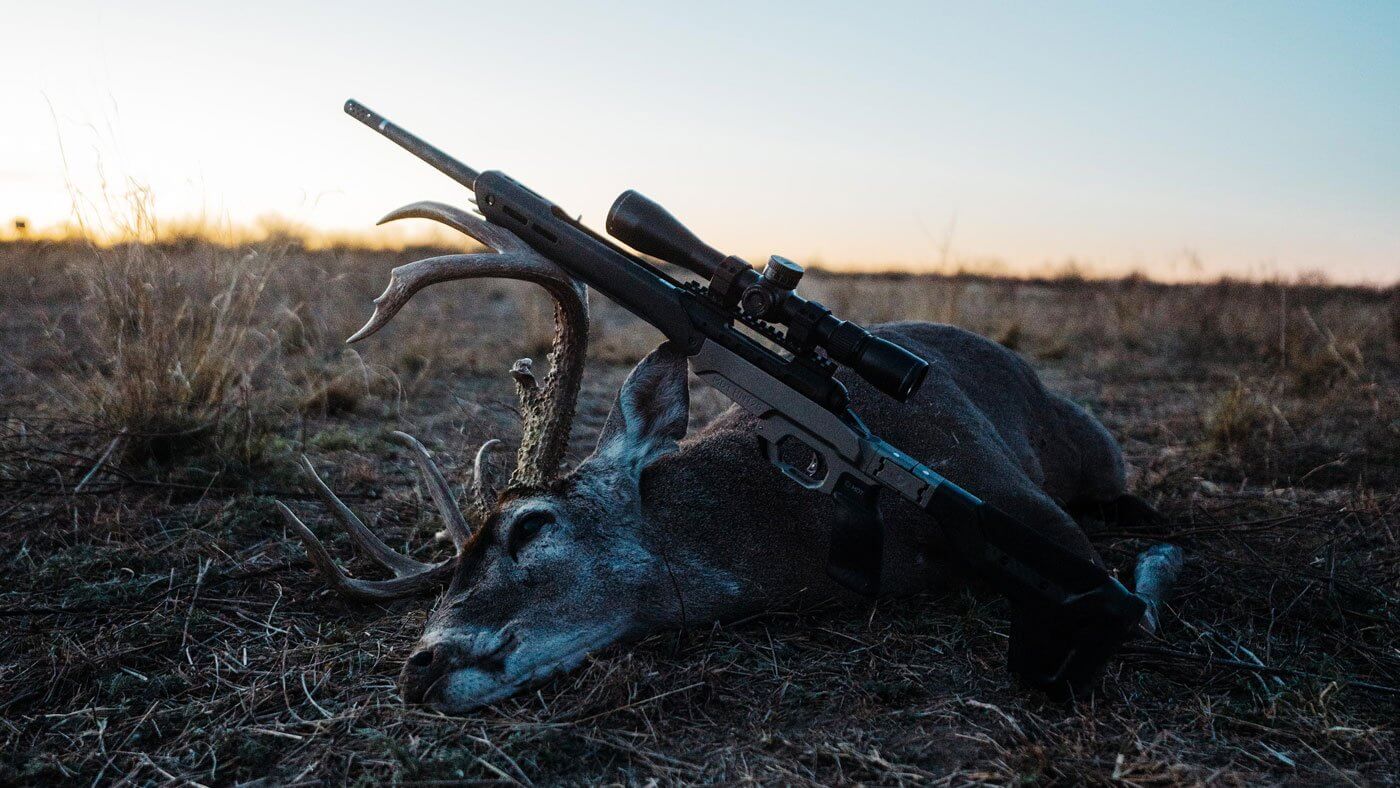
The Pack
Arguably the most important component is a good backpack. Depending on your hunting style, the size and type you need can vary widely. If you’re trekking miles deep into public land with plans of hauling out a buck on your back, you’ll want a sturdy frame pack capable of handling heavy loads. On the other hand, if you’re making a short walk to a heated blind, a small fanny pack for snacks may be all you need.
My pack falls somewhere in between. It's big enough to carry the essentials without being overbearing. There is no single “perfect” pack, and that’s why so many options exist. When choosing, I look at these main things:
- Comfort: Properly fitted shoulder straps, sternum straps, and waist belts can make a huge difference providing all day comfort.
- Durability: You don’t want to have to worry about your pack ripping or a zipper busting miles from the truck.
- Size: Enough room for the essentials, but not so much that you’re tempted to overpack.
- Weight: On long hunts, this will matter more than you might think.
- Quietness: Noisy gear can be the difference between success and failure.
This past year in Pennsylvania, I left my pack in the truck, thinking we’d just take a short walk. After cresting a hill, we spotted a buck. Our “quick walk” turned into a long chase across public land. The deer slipped away, but not before the cold rain set in, with no rain gear, it made for a long, cold walk back to the truck. It was a good reminder, no matter how short I expect the hunt to be, I carry a pack.
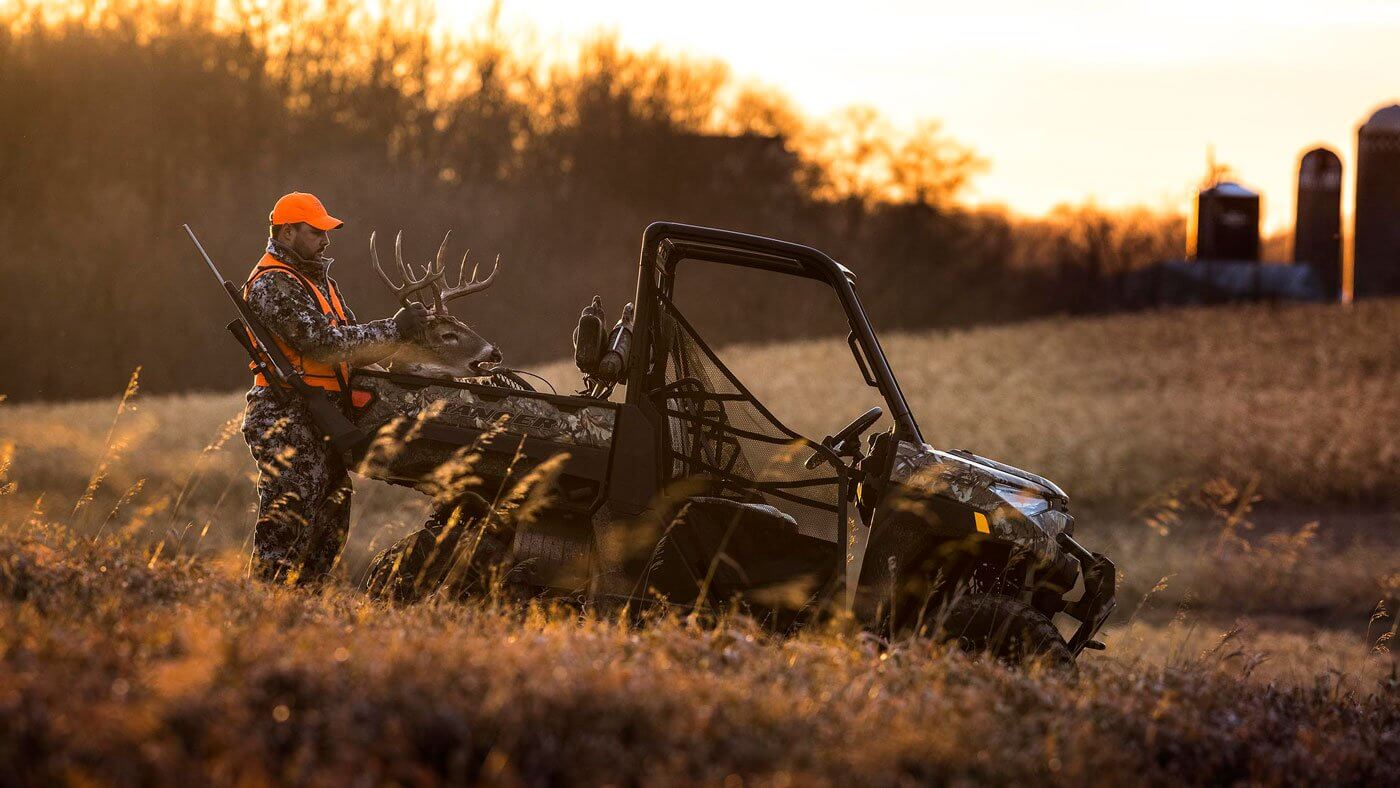
The Pack: What Goes in It?
What hunters carry in their backpack is different for everyone, depending on region, experiences, and hunting style. Some of the things that I always carry in mine are:
- Toilet paper (you’ll thank yourself later)
- Sharp knife/multitool: You’ll need this to field dress your deer, but it is also useful in countless ways.
- Field dressing kit: Long gloves and field tags ready to go make the process much easier.
- Extra ammunition: You never know when you may need it.
- Shooting sticks: These can be useful in any hunting situation, offering a solid rest whenever you may need it.
- Survey flagging: Useful when marking your way into a new spot or following a blood trail.
- Rope: Can be used for dragging out deer, or anything else you can think of.
- Gloves: Lightweight and insulated pair.
- Rain jacket or shell: You’ll want to be prepared for any weather conditions.
- Puffy jacket or insulating layer: The weather can change in a minute, and so could the deer movement.
- First-aid kit: If you want to check out what’s in my kit, check it out here.
- Firestarter: In case of emergency.
- Headlamp/flashlight: A necessity when walking into your stand early in the morning or walking out after a successful hunt.
- Snacks and water: A good thing to keep on hand.
This list has evolved from experience, and sometimes hard lessons. These days, my pack gives me confidence that I can stay longer and handle whatever comes my way.
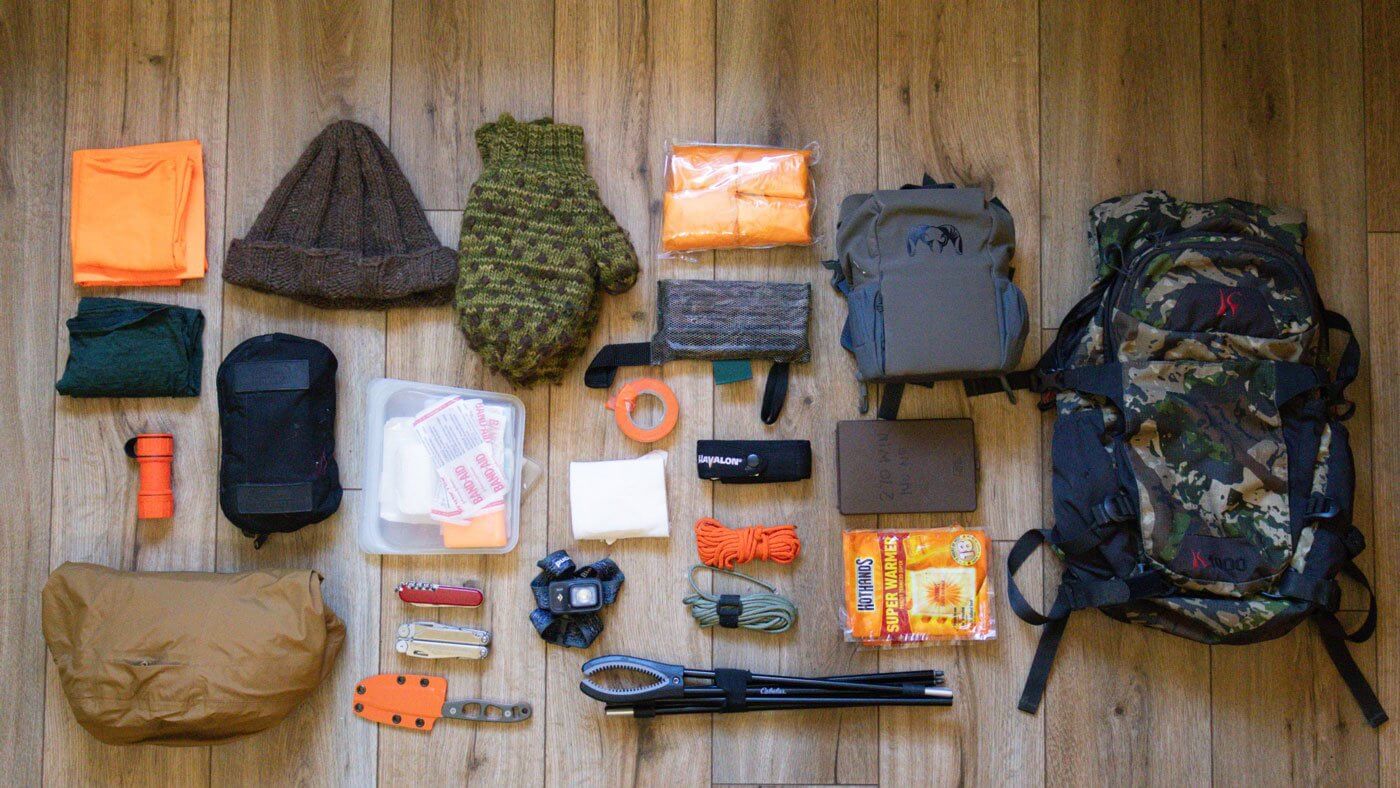
Binoculars
In the whitetail woods, binoculars are sometimes overlooked. Many hunters think they’ll never take a shot over 150 yards, which may be true, but sometimes binoculars can make or break a hunt. They can help you identify a target on the move, or spot a bedded buck tucked away in thick cover.
Until recently, I carried my binoculars in my pack and would take them out when I got settled in my spot. That changed when I decided to invest in a chest harness. Now they’re always ready, and they stay clean and dry, all while the harness keeps them from bouncing around. They’re available with many different attachments like a holster or range finding pouch.
More recently, I switched to range finding binoculars. Some may think this is unnecessary in the whitetail woods, but they’ve been a game changer, cutting down on extra gear while making every glance more useful. Whether I’m hunting big fields or thick brush, they’ll come in handy.
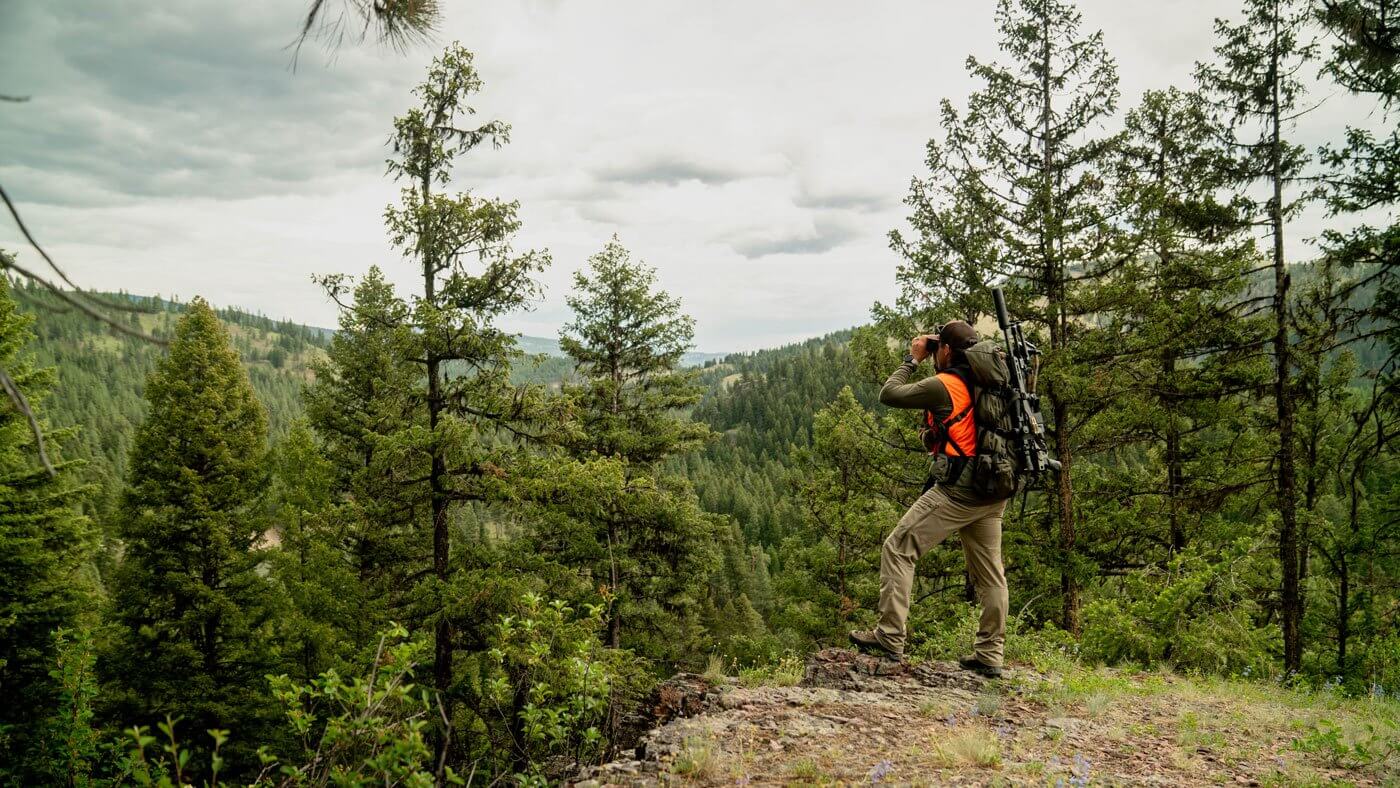
Quality Clothes
Like your Savage rifle, your clothing must be built for the conditions. Your whitetail hunting gear doesn’t have to be the most expensive option on the rack, but it does need to be functional.
My number one rule, no cotton. Once cotton gets wet, it stops insulating. While wool continues to keep you warm, even if it gets wet, making it a staple for base layers and socks. Synthetics can also be solid performers especially for moisture wicking in the early season. When picking out new hunting clothes, be mindful of noisy fabric. Noise can be devastating during a hunt.
Boots deserve special attention. A quality pair can be the difference between heading home early or staying long enough to get a shot. In my home state of West Virginia, I’ve seen deer season bring 70-degree weather, but I’ve also seen 20 degrees and snowing the same week. That’s why I rotate boots, lighter, uninsulated pairs for warm days, and insulated, waterproof boots for late season sits.
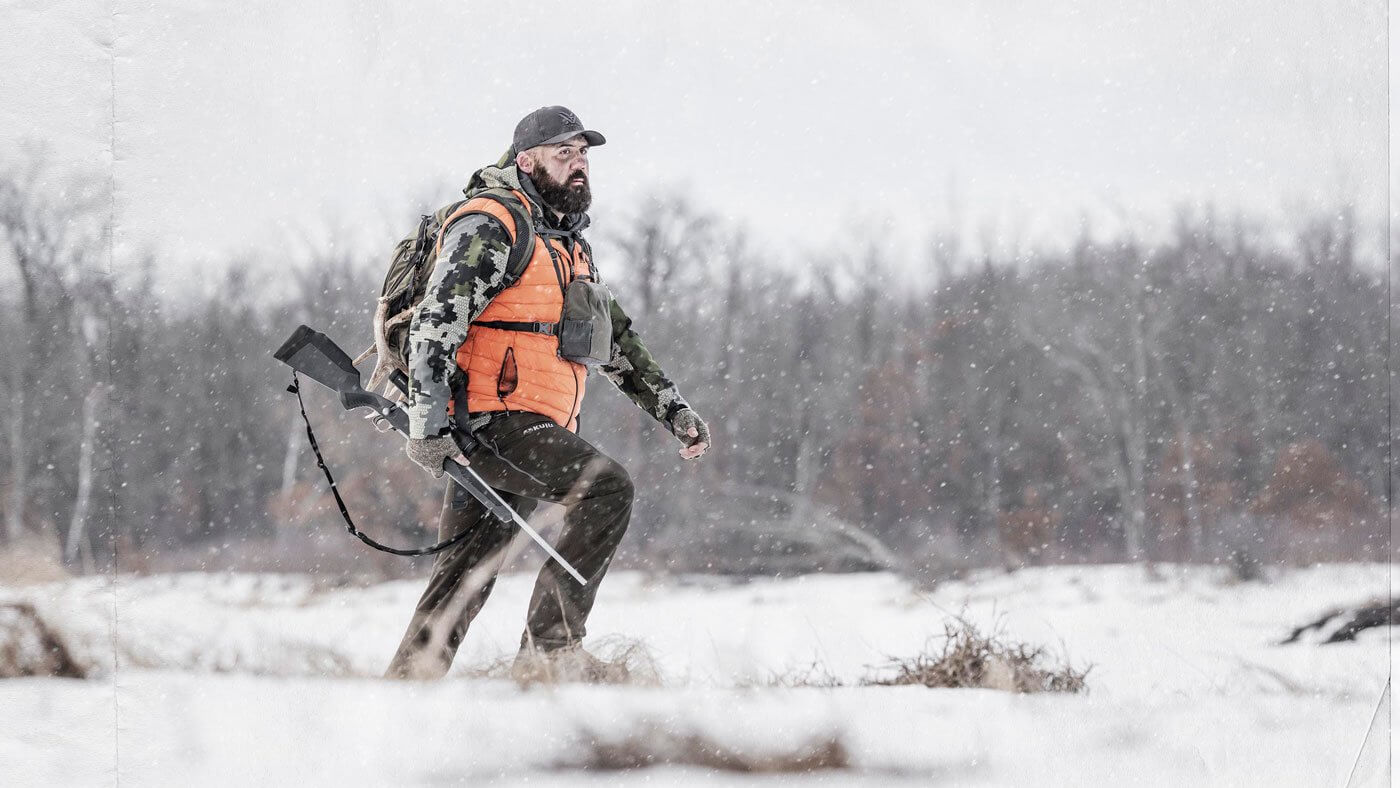
Why the Right Gear Makes the Difference
At the end of the day, hunting is about more than just punching a tag. It’s about preparation, respect for the game, and the ability to adapt when things don’t go according to plan.
Good gear gives you confidence. The confidence to stay in the longer in the stand, hike over the next ridge, and to know that you’re ready to take care of your harvest once it’s on the ground.
Bad gear on the other hand, introduces doubt, it makes you question whether you can stay longer or even take the shot. And doubt has no place in the deer woods.
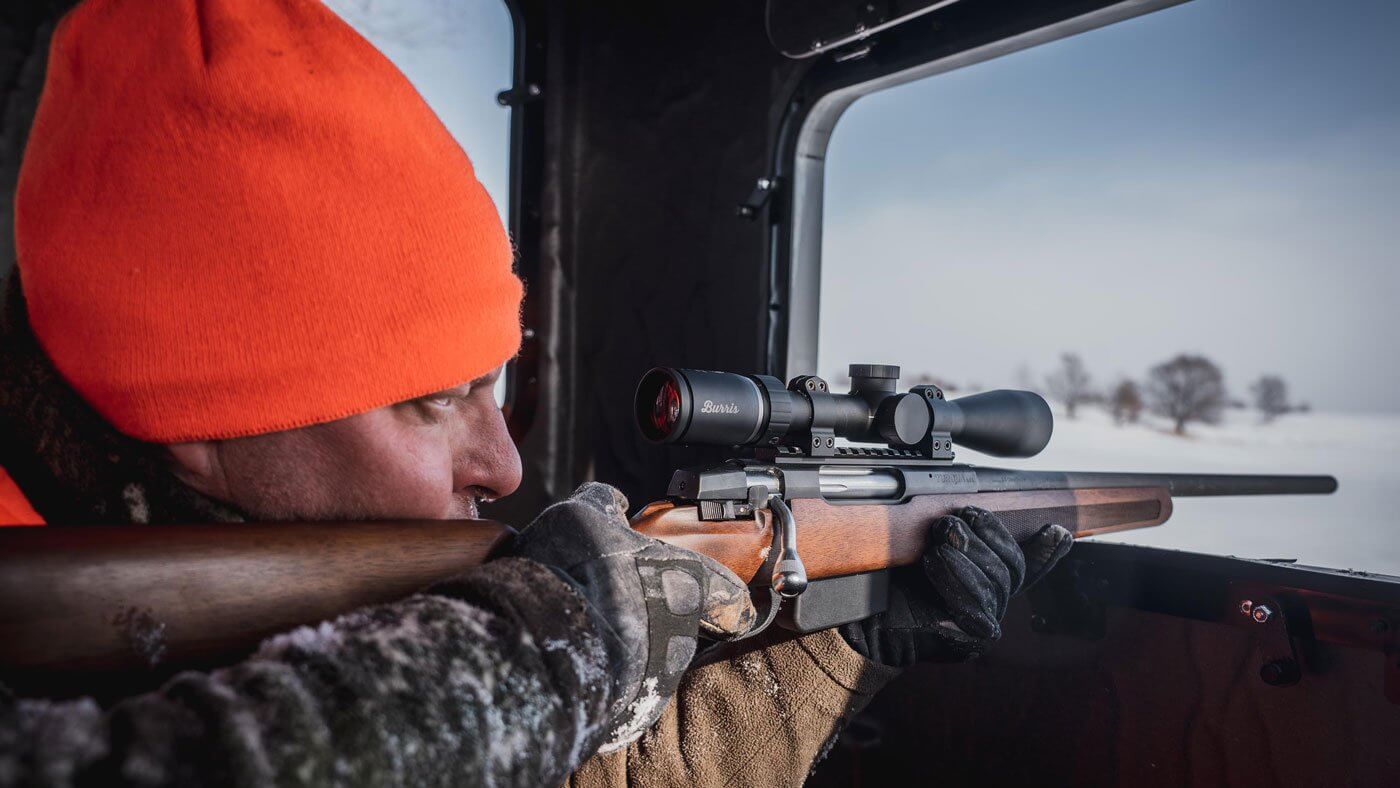
Whitetail hunting will always be unpredictable, and that’s part of why we love it. But preparation gives you the best chance of stacking the odds in your favor. From binoculars to backpacks, the right gear isn’t about convenience, it's about maximizing every moment in the woods.
Because when the moment comes, you don’t want your gear to be the reason you walk away with nothing but a story.
